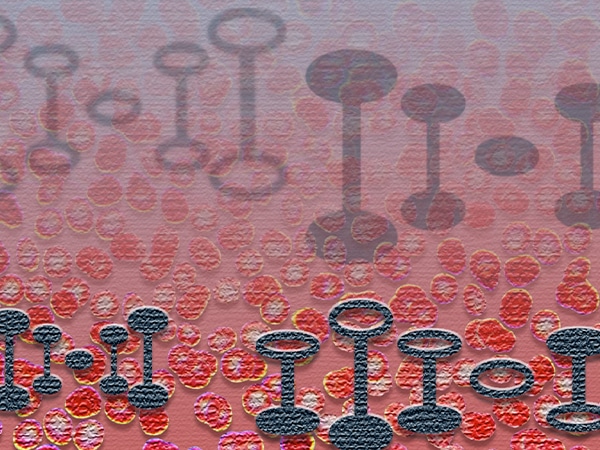Chronic Lymphocytic Leukemia

Chronic lymphocytic leukemia (CLL) is a type of cancer in which the bone marrow makes too many lymphocytes, a type of white blood cell. CLL is one of the most common types of leukemia in adults and often occurs during or after middle age.
Normally, the body makes blood stem cells that become mature blood cells over time. A blood stem cell may become a myeloid stem cell or a lymphoid stem cell. A lymphoid stem cell becomes a lymphoblast cell and then one of three types of lymphocytes – B lymphocytes that make antibodies to help fight infection, T lymphocytes that help B lymphocytes make antibodies to fight infection, and natural killer cells that attack cancer cells and viruses.
In CLL, too many blood stem cells become abnormal lymphocytes, also called leukemia cells. As the number of leukemia cells increases in the blood and bone marrow, there is less room for healthy white blood cells, red blood cells, and platelets. This may cause infection, anemia, and easy bleeding.
Risk factors for CLL include: being middle-aged or older, male, or white, having a family history of CLL or cancer of the lymph system, and having relatives who are Russian Jews or Eastern European Jews. Approximately 20,700 people in the United States will be diagnosed with CLL and 4,440 are expected to die of the disease in 2024, according to estimates published by the National Cancer Institute.
Chronic Lymphocytic Leukemia Treatment (PDQ®)Source: National Cancer Institute



